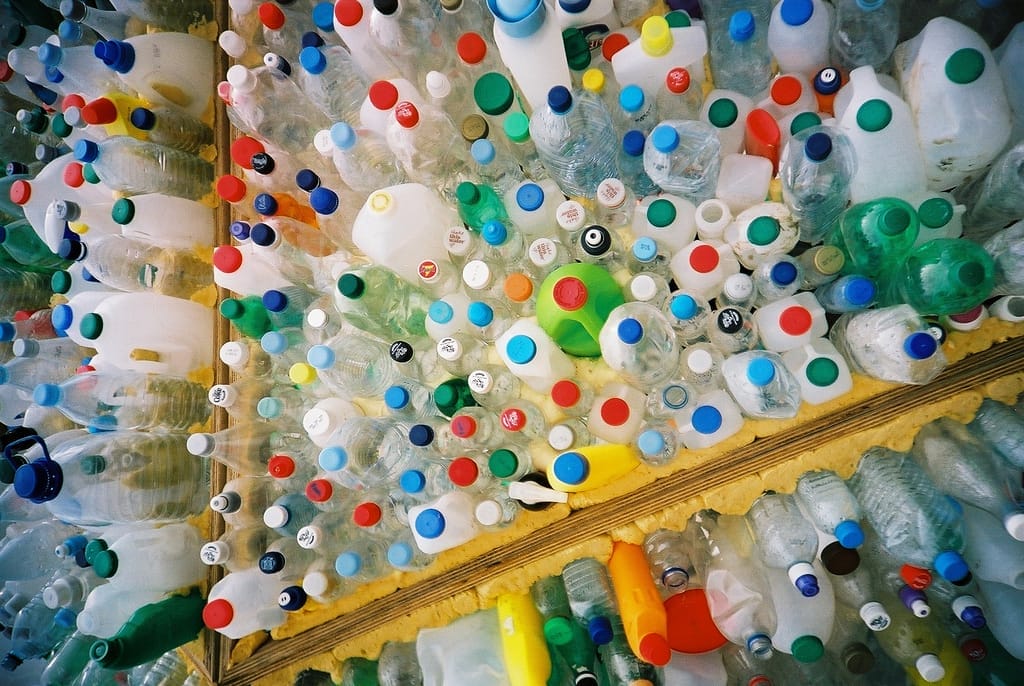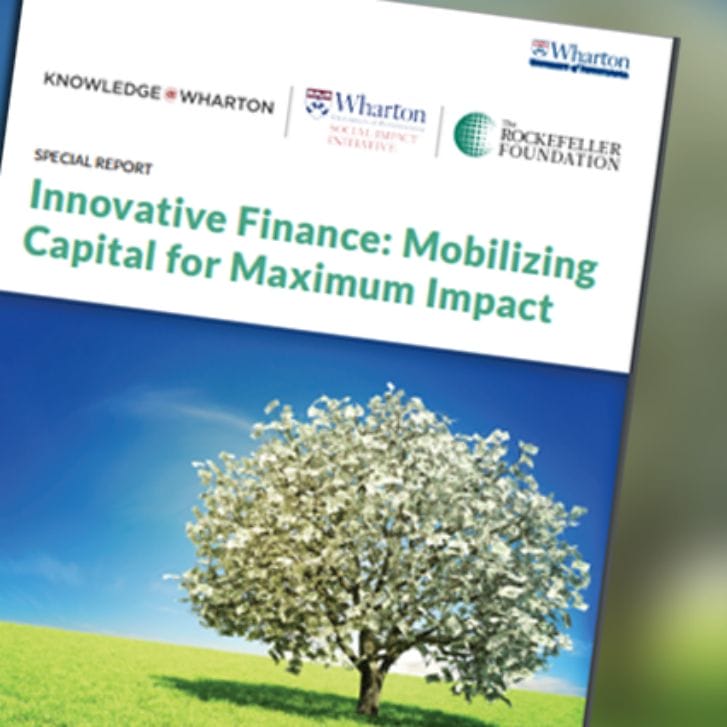Recently the American Chemistry Council and Trucost issued a new report called “Plastics and Sustainability,” showing some of the value that plastic brings to our environment. It also brings up some good questions relating to the growing, challenging issue of plastic pollution. As the initiator of the original report with Trucost two years ago, of which “Plastics and Sustainability” was a response, which we created for the United Nations Environment Programme (UNEP) in 2014, “Valuing Plastic: The Business Case for Measuring, Managing and Disclosing Plastic Use in the Consumer Goods Industry”, we feel it fitting to contribute some comments to the urgency for engaged focus on a big scale for sustainability with the use of this material.
There is no disputing that plastic has brought positive benefits to our economy, such as in electronics, hospitals and safety equipment, as well as some environmental savings in transportation (energy) and resource replacement. Its single-use, throw away application of so many plastic products, however, has resulted in problems related to environmental pollution, ecotoxicity and social justice. These issues should be the overriding message and warning call to our communities from this report. These are the unintended consequences of replacing materials like glass, metals and paper for plastic alternatives.
The relative low cost of production, light weight, durability and ease of use by virtually all sectors of our economy, suggests that plastic production may continue to increase with population growth and a growing global middle class. It is not likely that we will go “back in time” in order to re-initiate the use of wood, paper, glass and metals as widely as they were used in the past, simply because our natural resources cannot sustain such demand. But the application of plastic in many applications that contribute to the waste stream could be replaced by biological or inert materials. Source reduction in some sectors is essential.
Plastic’s durability is its asset for the initial purpose of use, but it is also the material’s downfall in its “afterlife” due to the long-term liability it creates if the material is not recycled or recovered for alternative use. And thus our challenge. How do we harness the benefits, but eliminate the ecological and community related stresses that plastic pollution creates? How do we shift from a linear economy to a circular economic model?
This recent report should be a wake-up call to all of us that we must change the perception of waste as a burden, to that of one where it is sought after as a continued resource by implementing end-of-life design thinking. We need significantly more funding for innovative materials and product/packaging design, leadership (corporate and government), new business models, and maybe most importantly, the acceptance of internalizing costs at the front end of the material’s use. While the total costs to the environment and communities caused by plastic pollution are difficult to measure, we should not worry over the exact numbers, for if something is not natural to the environment in the first place, it should not be there. If communities are awash in unrecyclable waste, then there’s a leak in the system that must be closed, and systems reinvented. Studies are not needed to quantify, qualify or justify the existence of “some” plastic pollution in the name of growing economies and “convenient” lifestyles. Creating an “acceptable tolerance for waste” is unacceptable. France has recent become a leader in this enlightened thinking, calling for a ban of disposable plasticware by 2020, and the first country to do so across the board.
The challenge is now bringing the vast numbers of stakeholders from industry, government and the community to attack the issues of plastic pollution and waste in the same way that we have started to come to terms with Climate Change. Plastic pollution impacts people on a daily basis in many ways, and is much more tangible to solve, since it is something that we can all see, touch and feel. Given that almost all plastic waste has been touched by a human hand, this should be a problem that we can collectively solve.
Co-Authors:
Doug Woodring – Co-Founder/Ocean Recovery Alliance/Plasticity Forum/Wharton ‘95
Dr. Marcus Erikson – Co-Founder, 5 Gyres Institute
About Ocean Recovery Alliance
Ocean Recovery Alliance is an NGO that brings together new ways of thinking, technologies, creativity and collaborations in order to introduce innovative projects and initiatives that help to improve our ocean environment. One of its programs is the Plasticity Forum, while it also has two projects with the Clinton Global Initiative focused on the reduction of plastic pollution, and is one of the only NGOs in the world to be working with both the United Nations Environment Programme (UNEP) and the World Bank’s Global Partnership for Oceans. For more information, visit www.oceanrecov.org.
About 5 Gyres Institute
5 Gyres undertakes transoceanic research expeditions, education projects and campaigns to understand the ecological impacts of plastic marine pollution. 5 Gyres Institute is the first organization to investigate the impact of plastic pollution on the marine environment globally, primarily documenting the presence of accumulation zones in the five subtropical gyres.


























